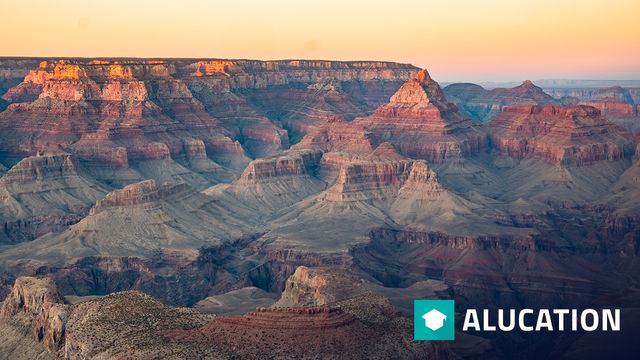The Grand Canyon: How It Formed
The theory of how the Grand Canyon was formed is shown in this animation from NOVA, and features rare footage of a phenomenon known as debris flow. CREDITS: https://www.pbslearningmedia.org/credits/ess05.sci.ess.earthsys.canyon/ LICENSE: https://www.pbslearningmedia.org/help/full-license-for-secti



